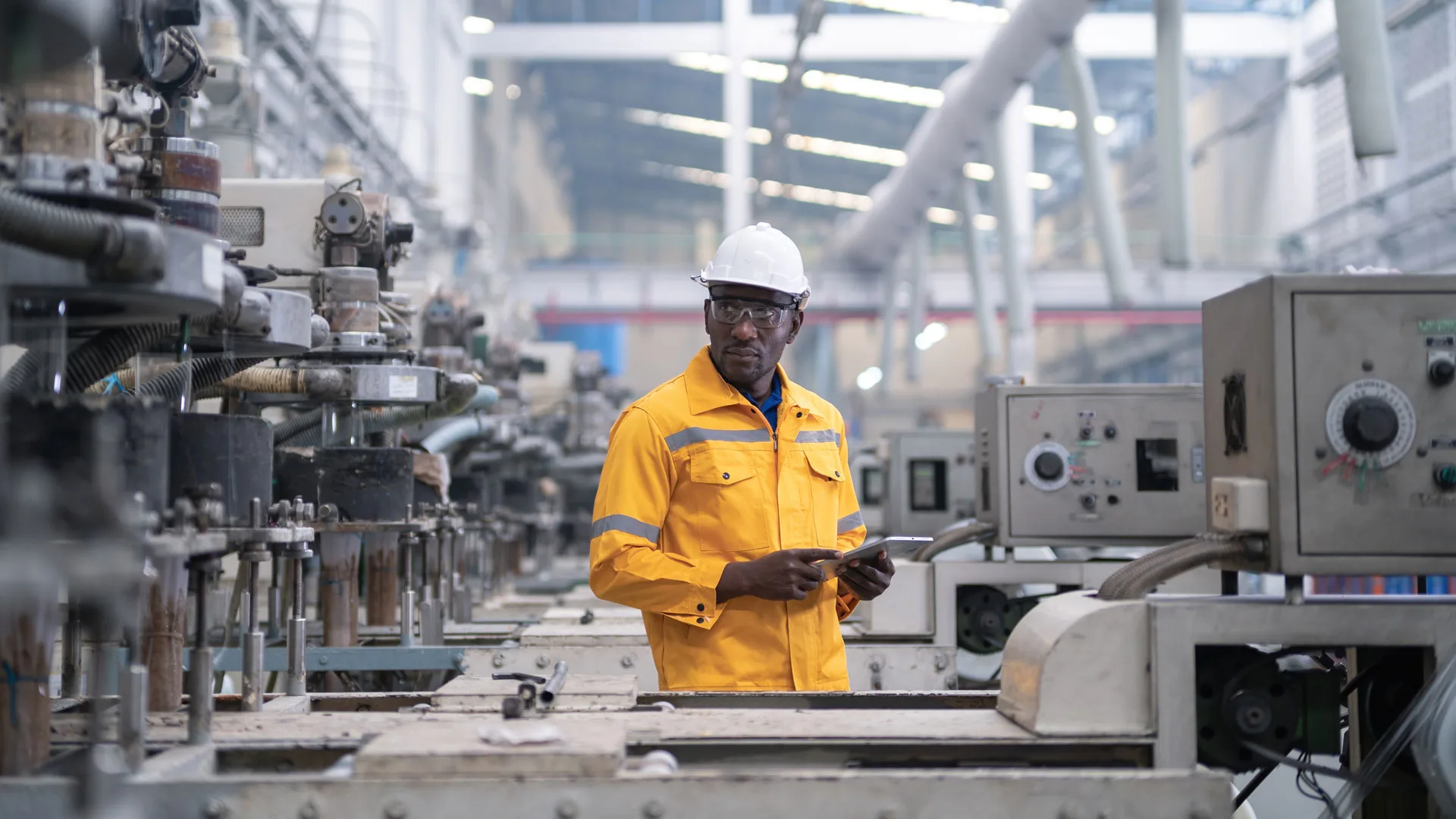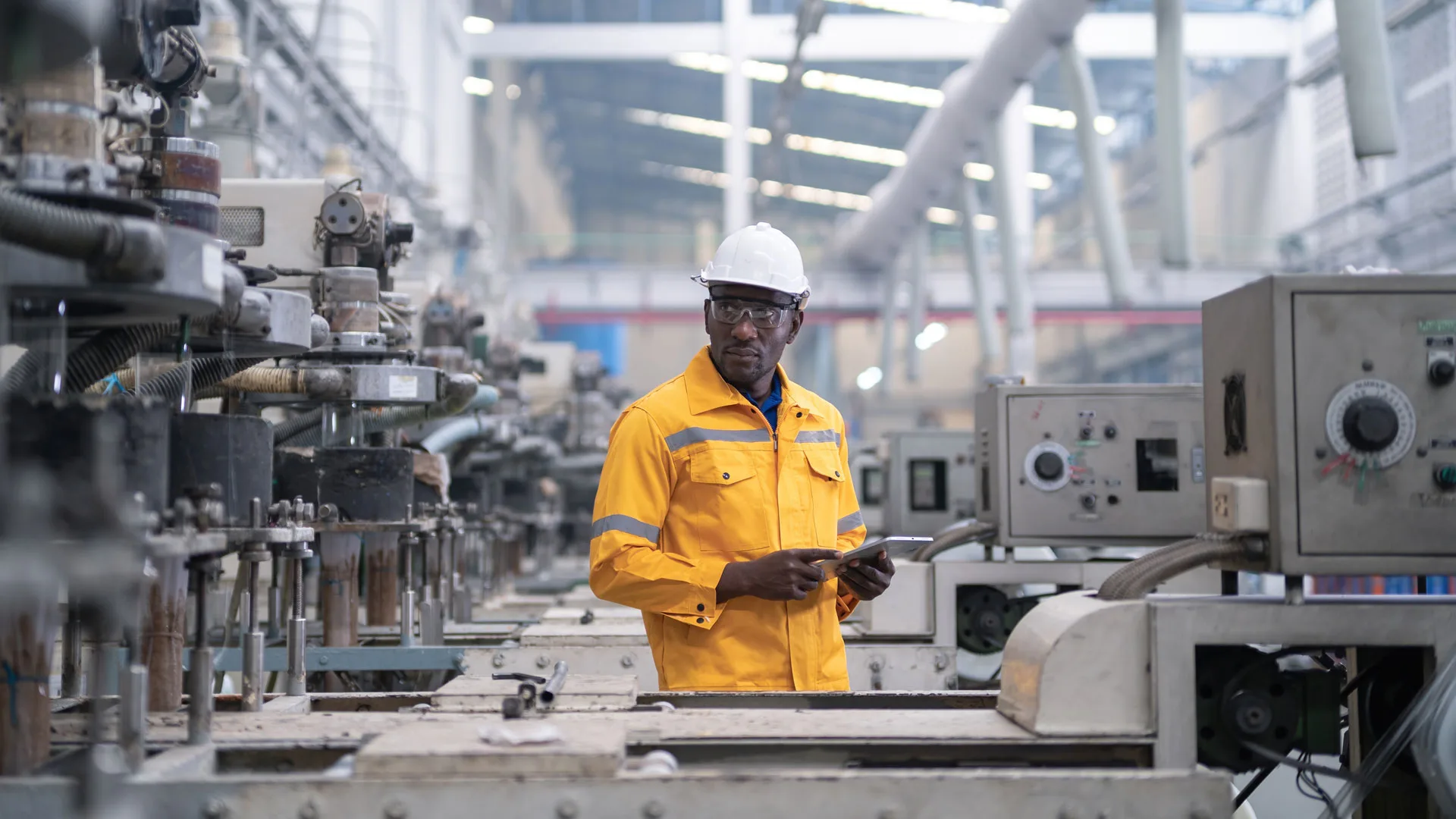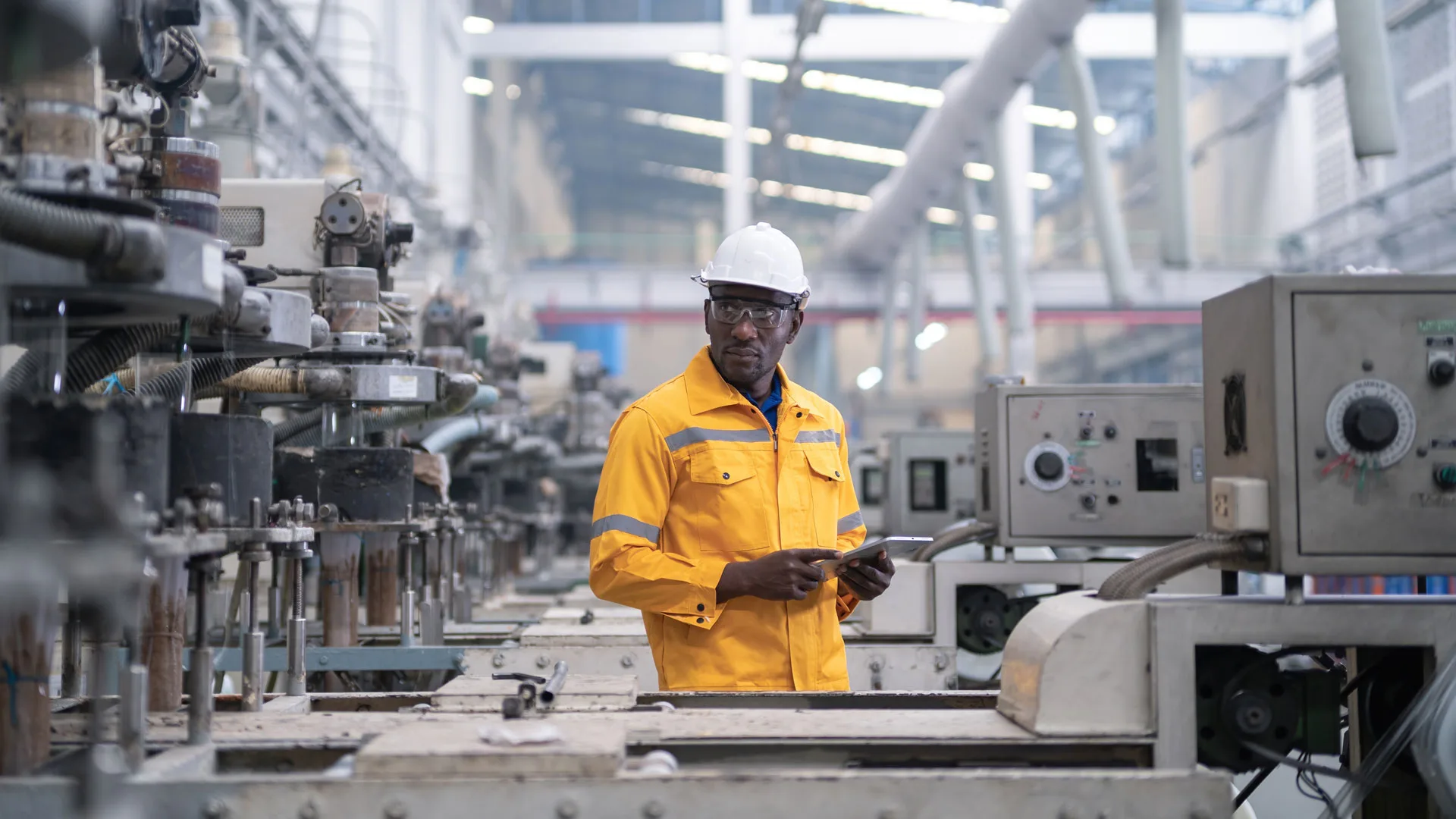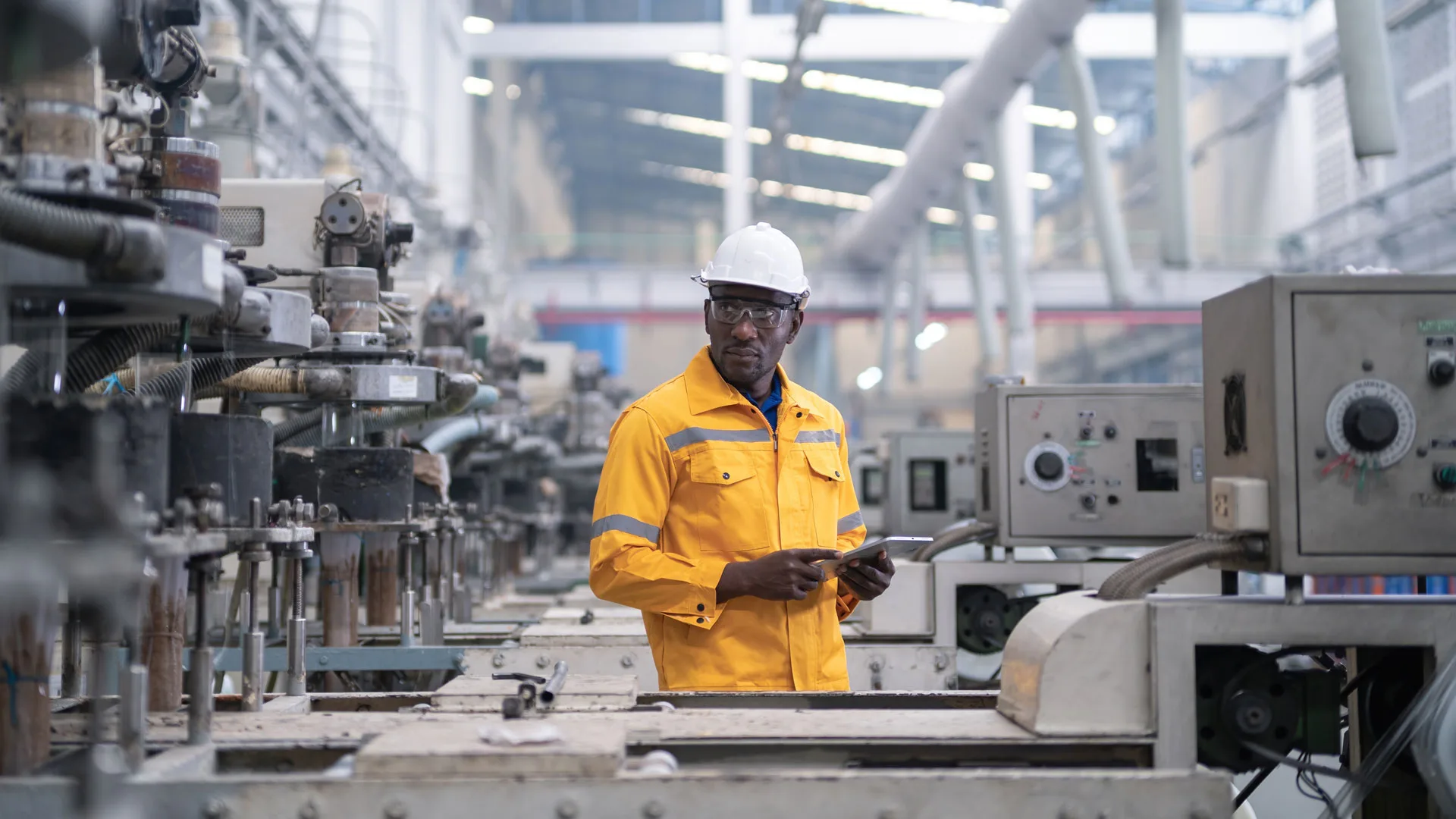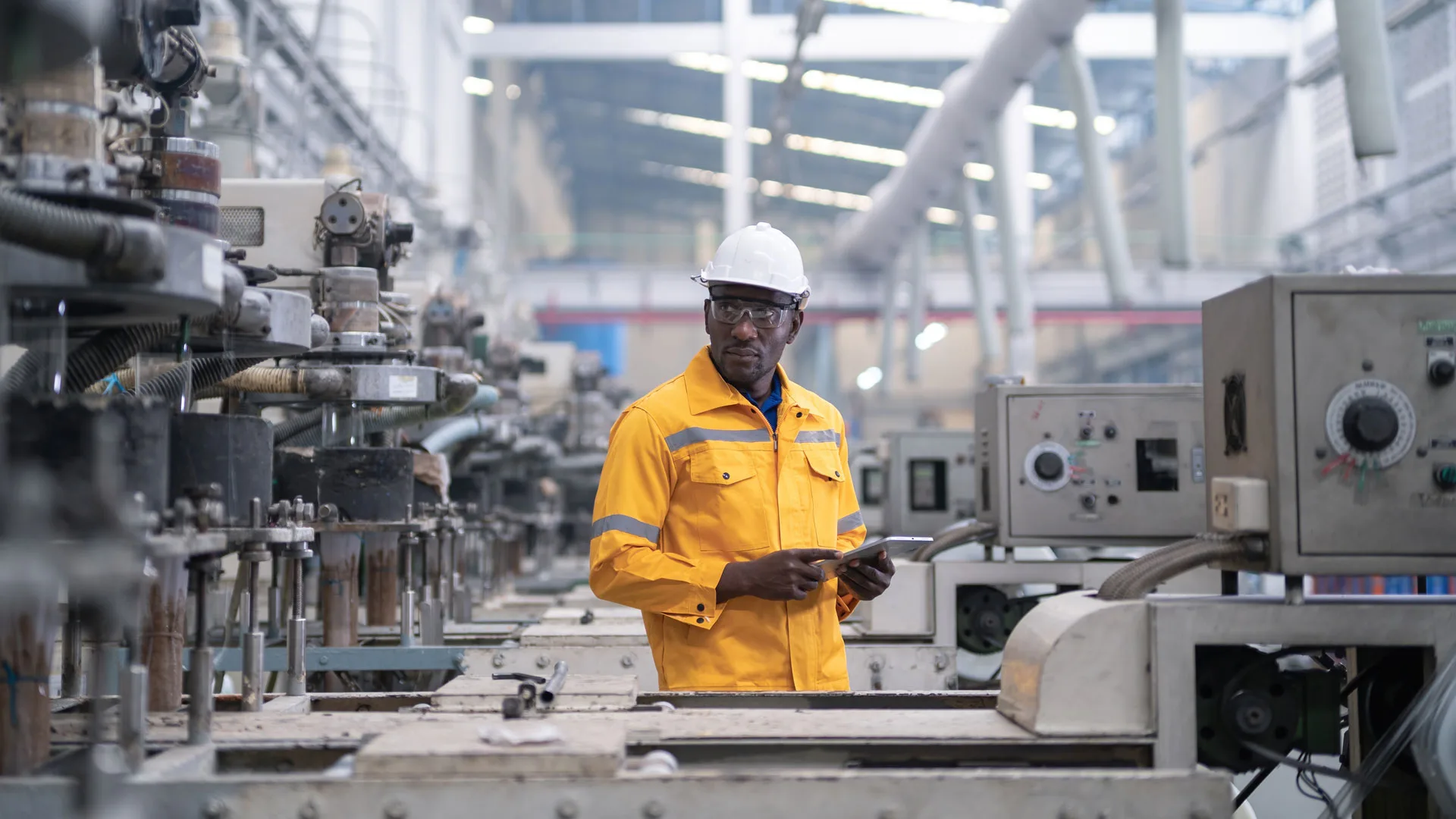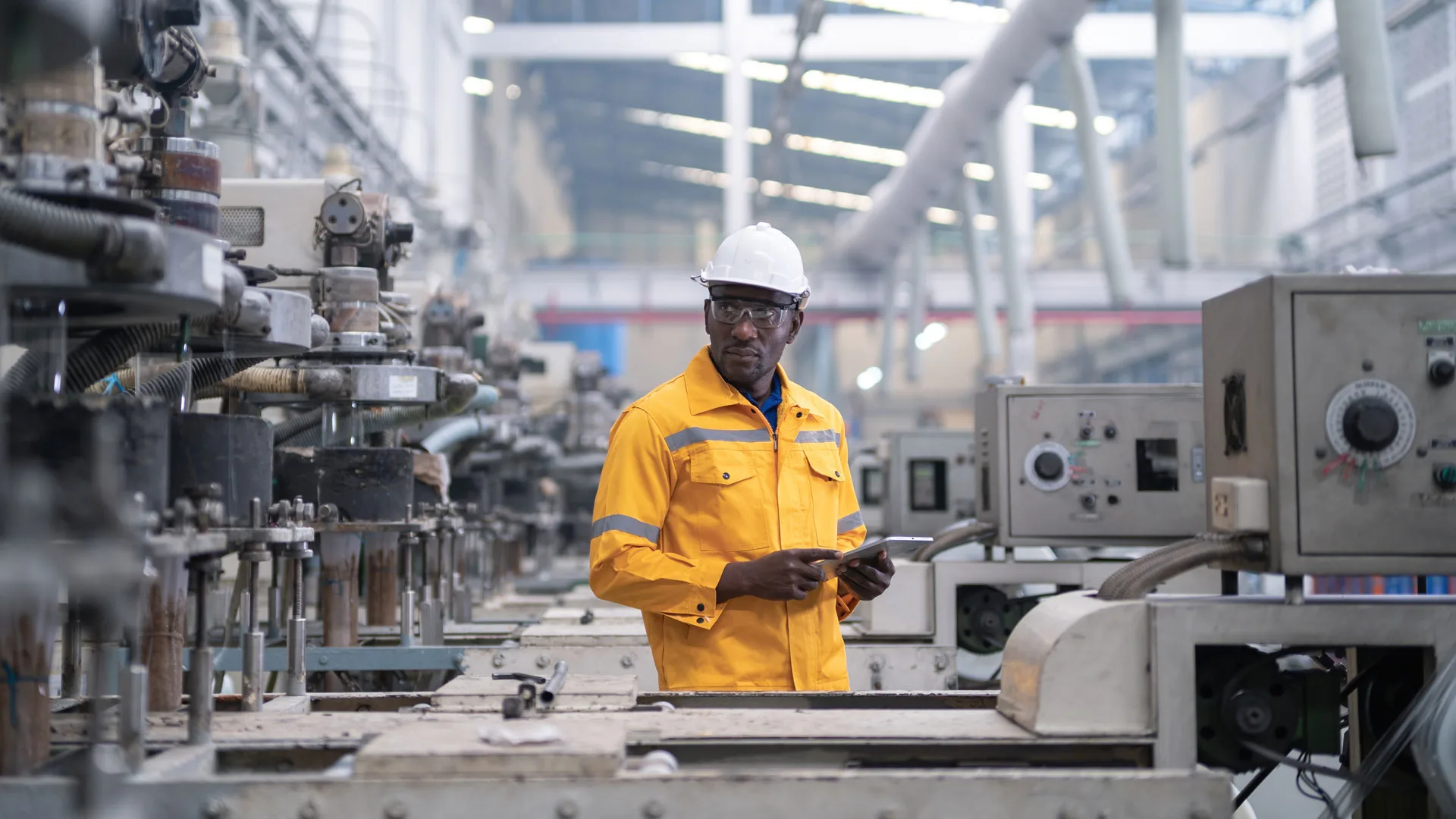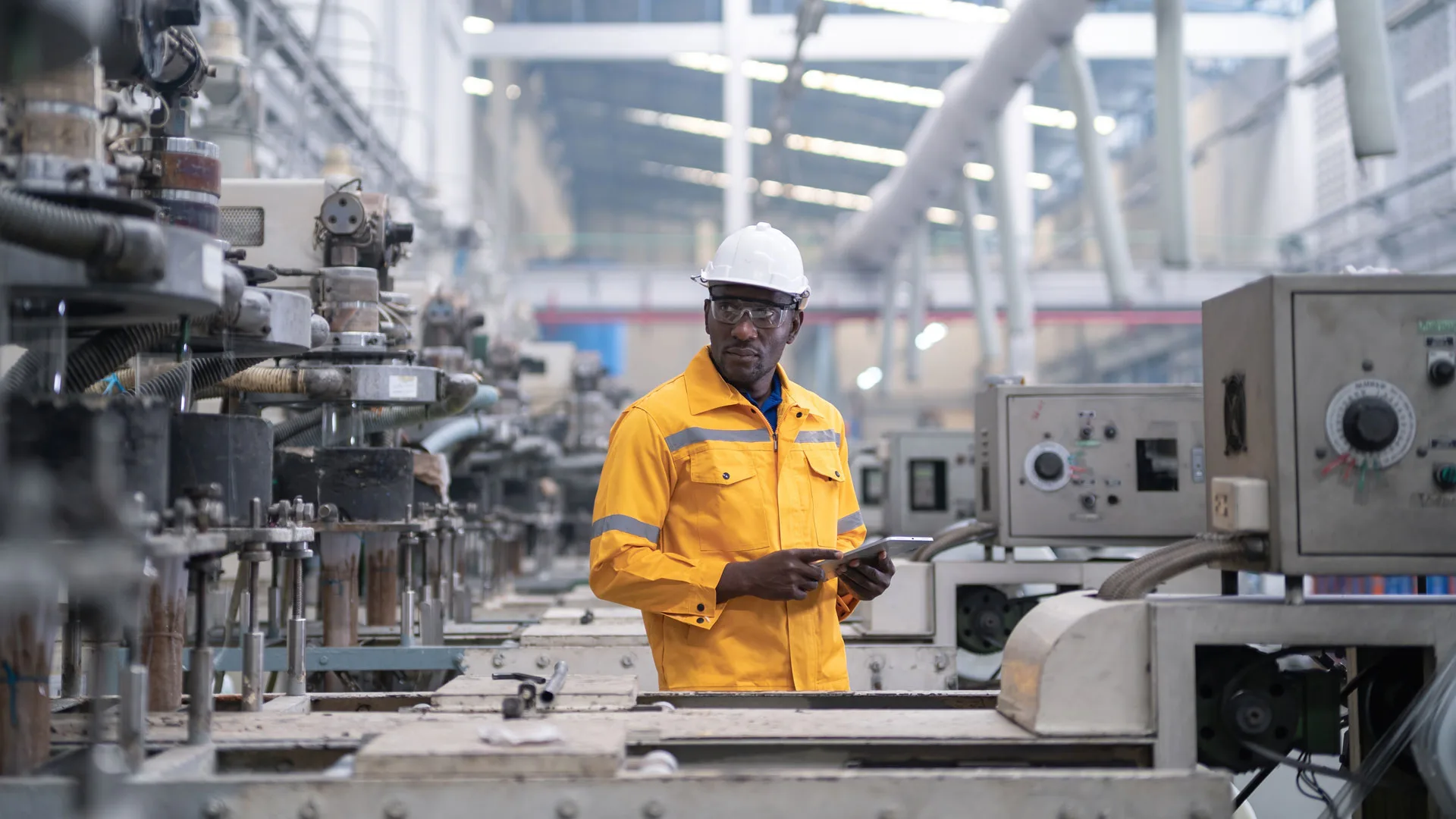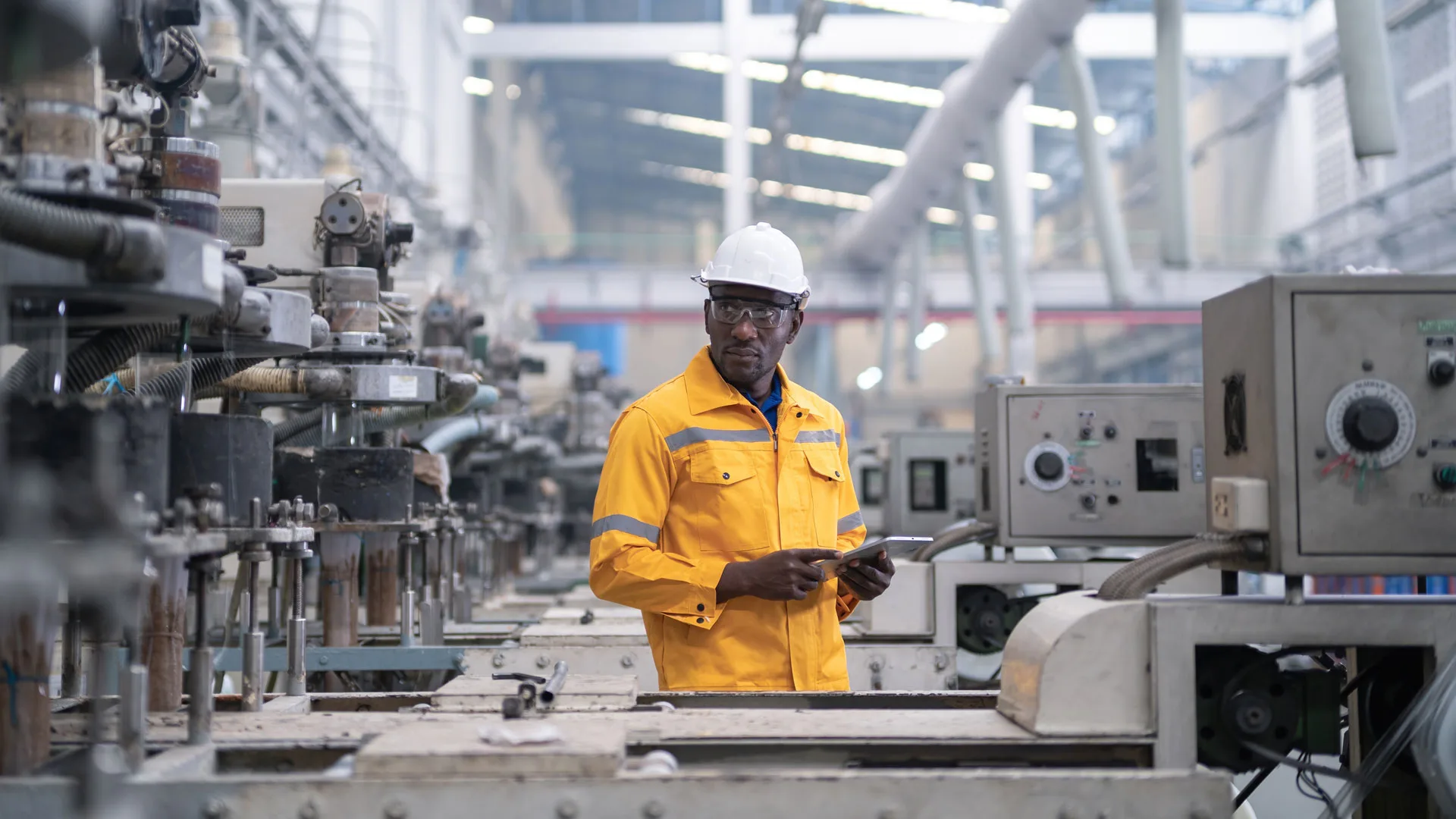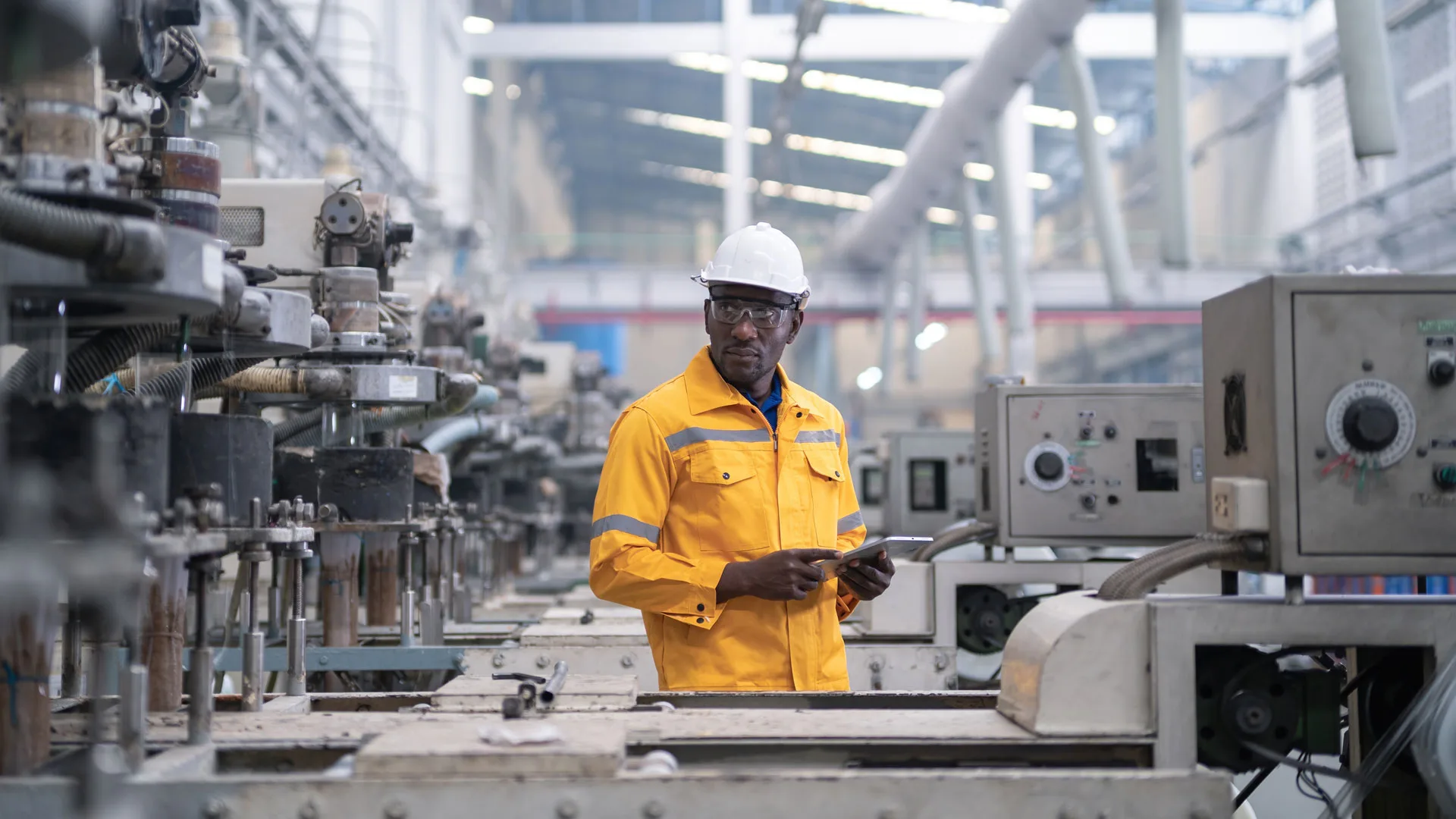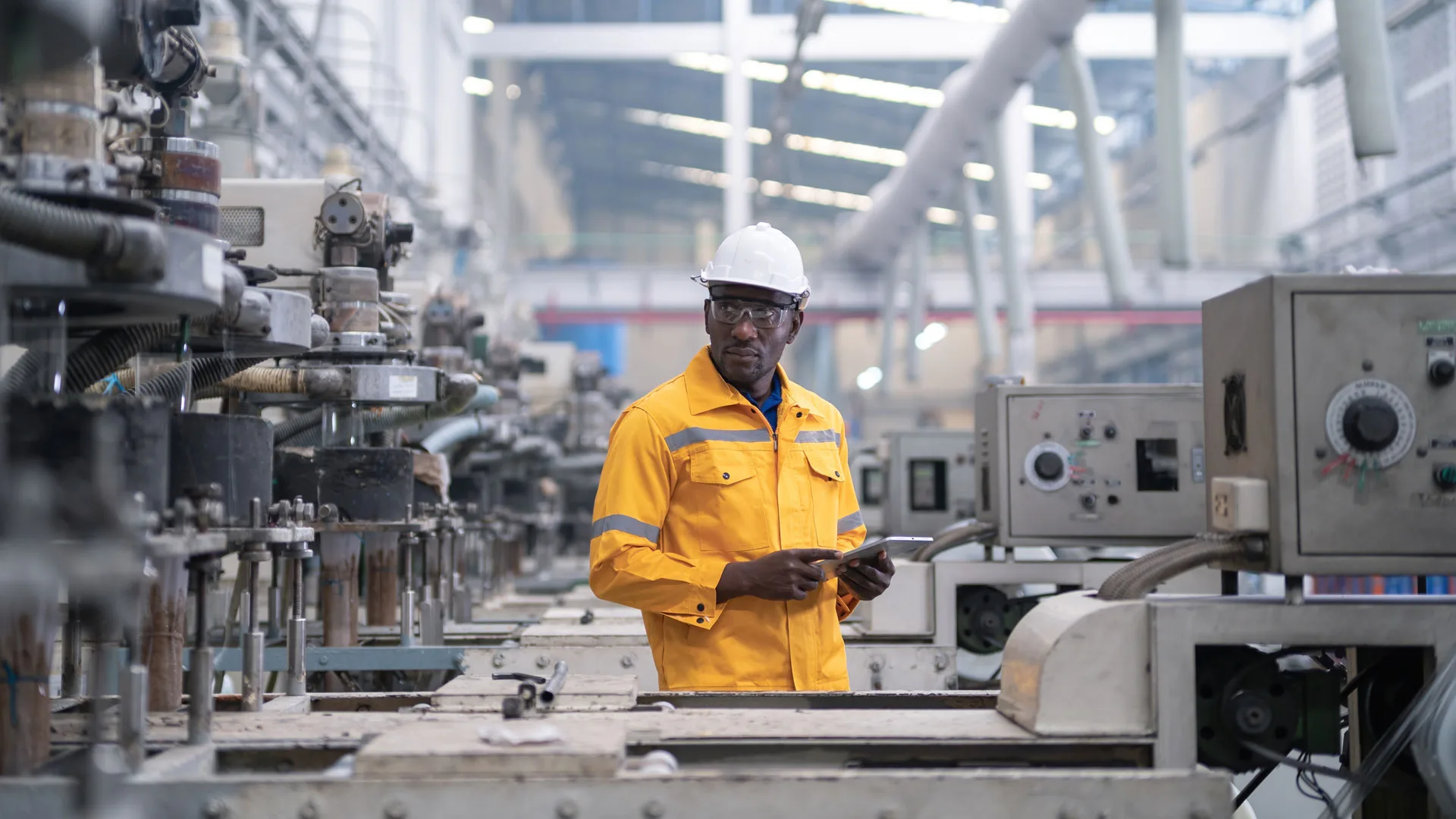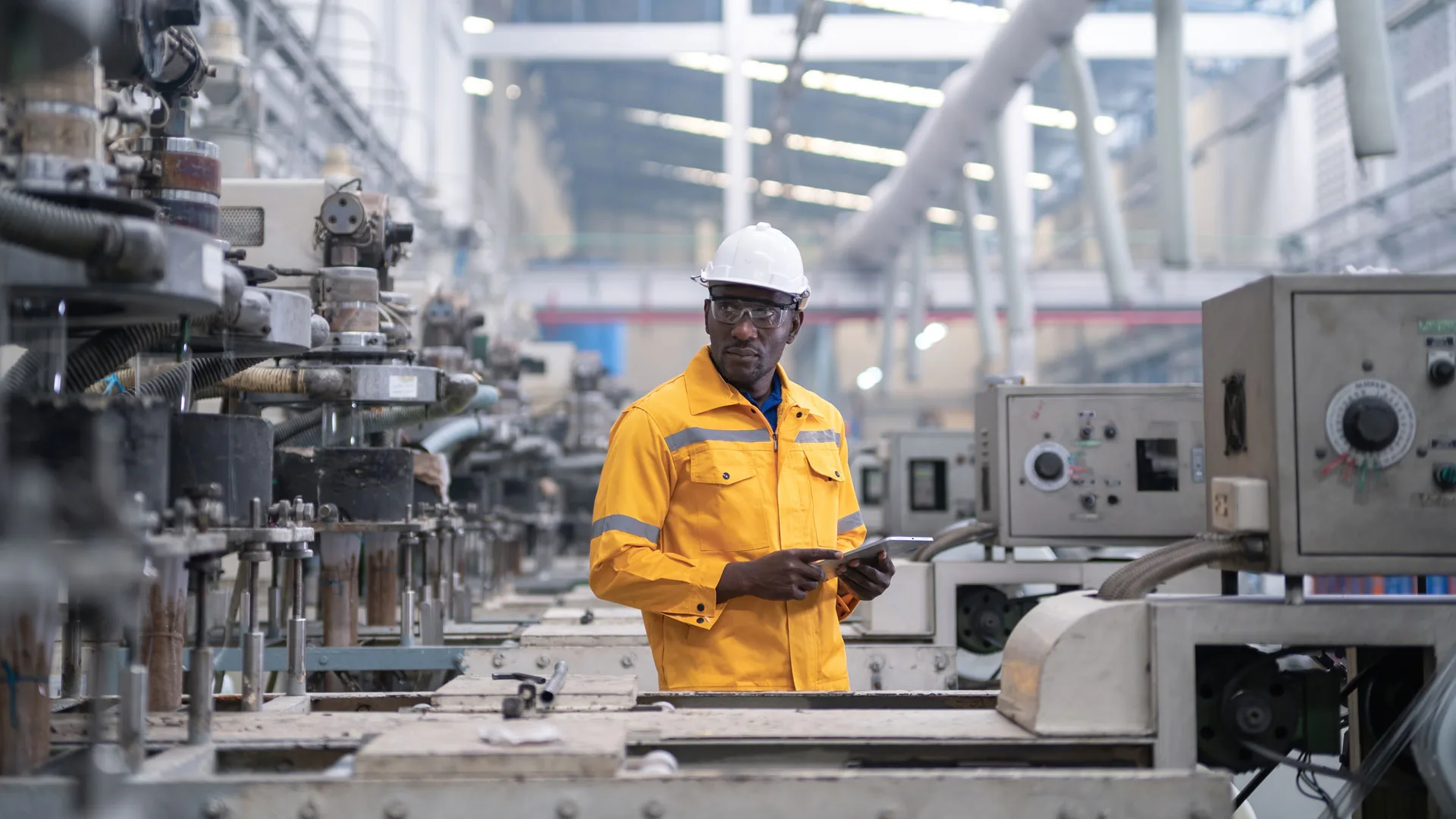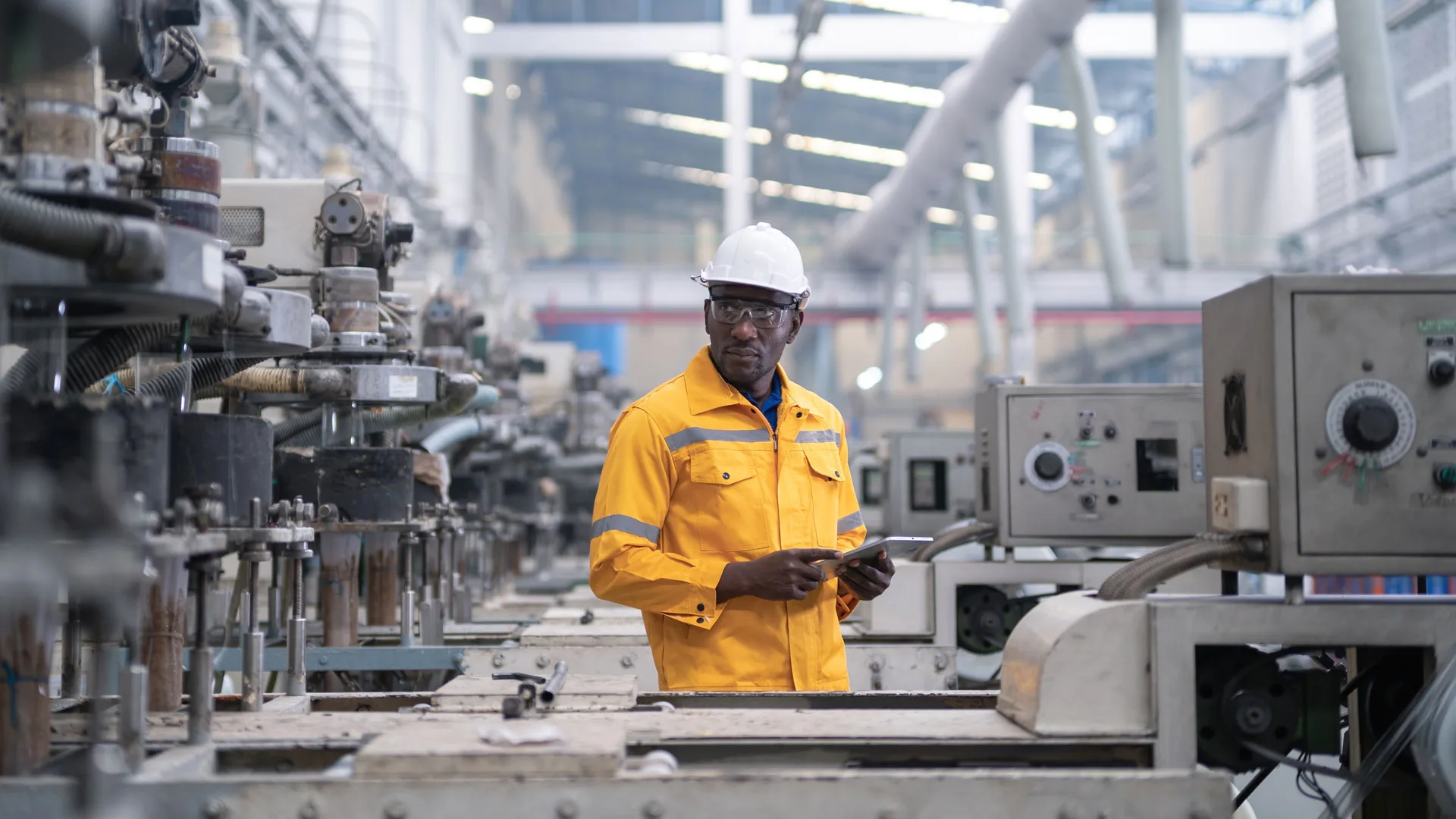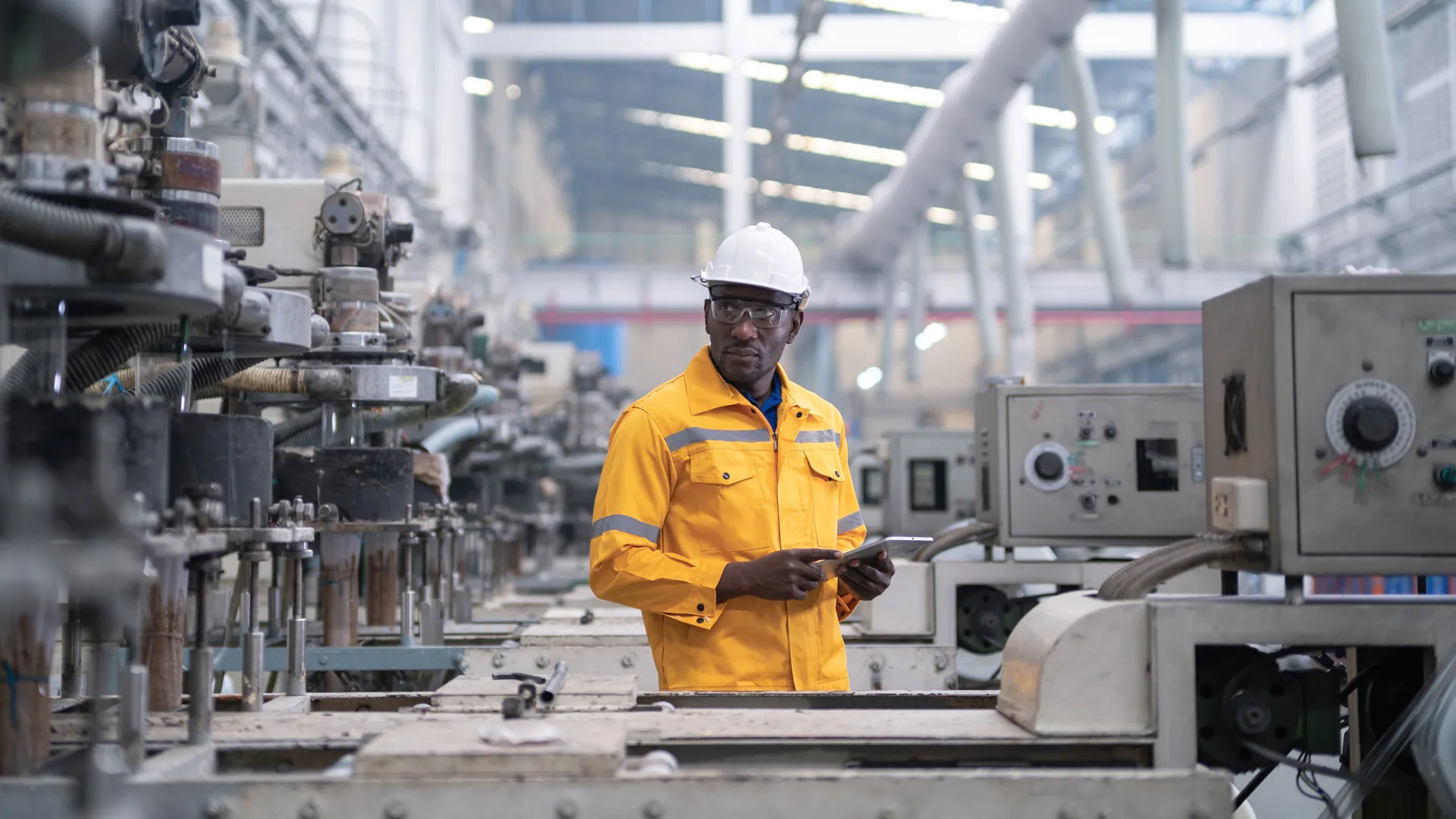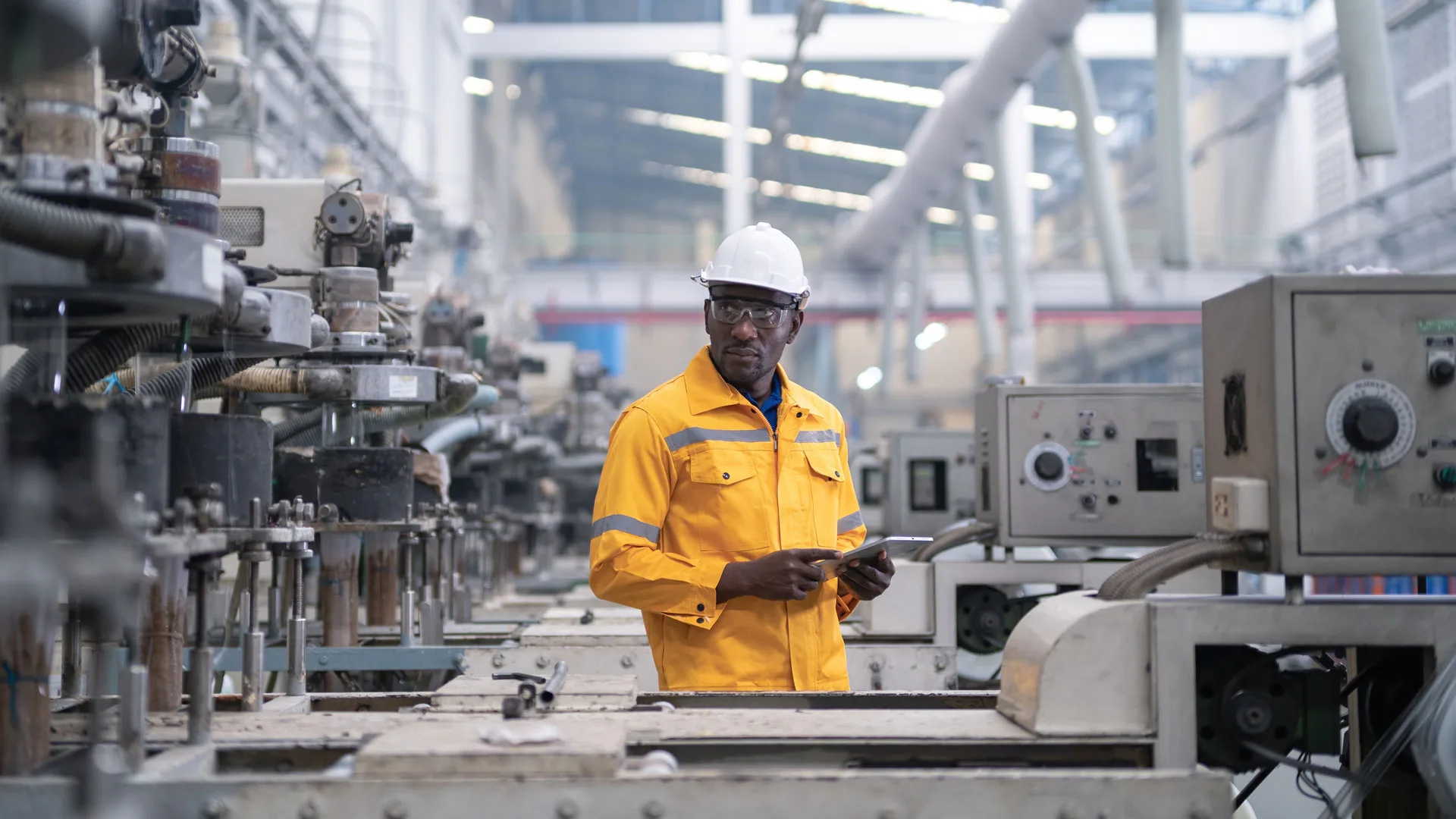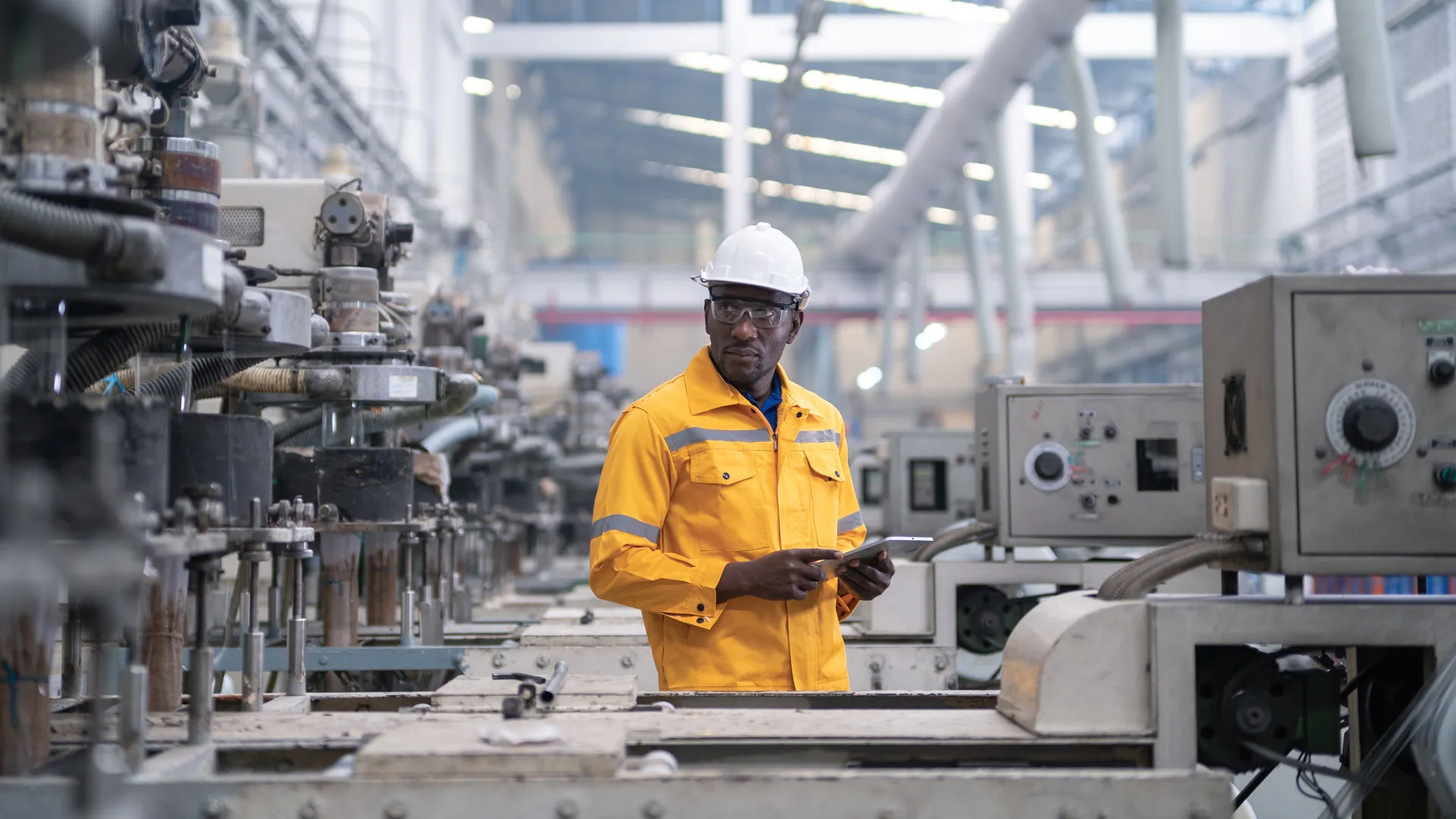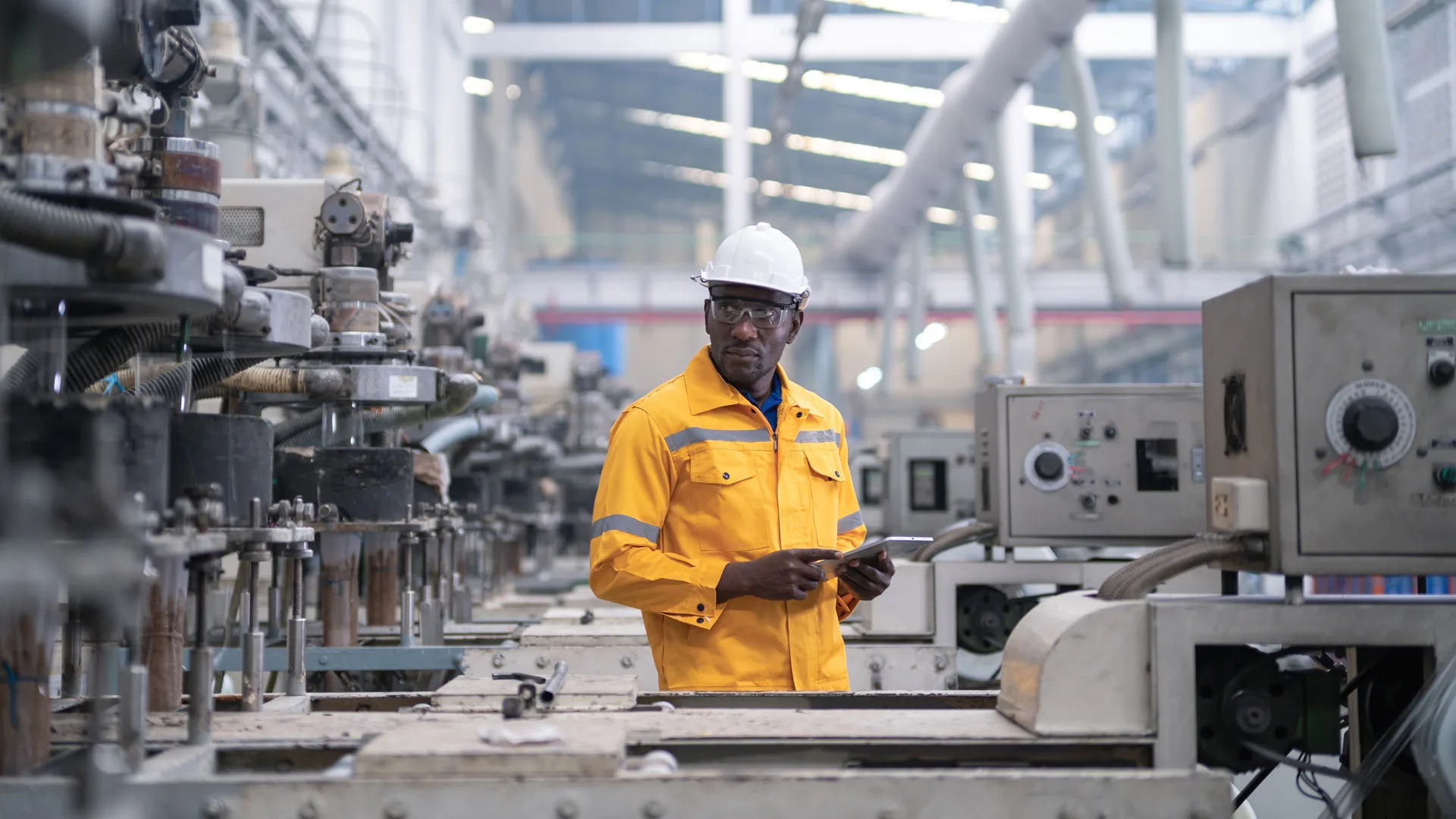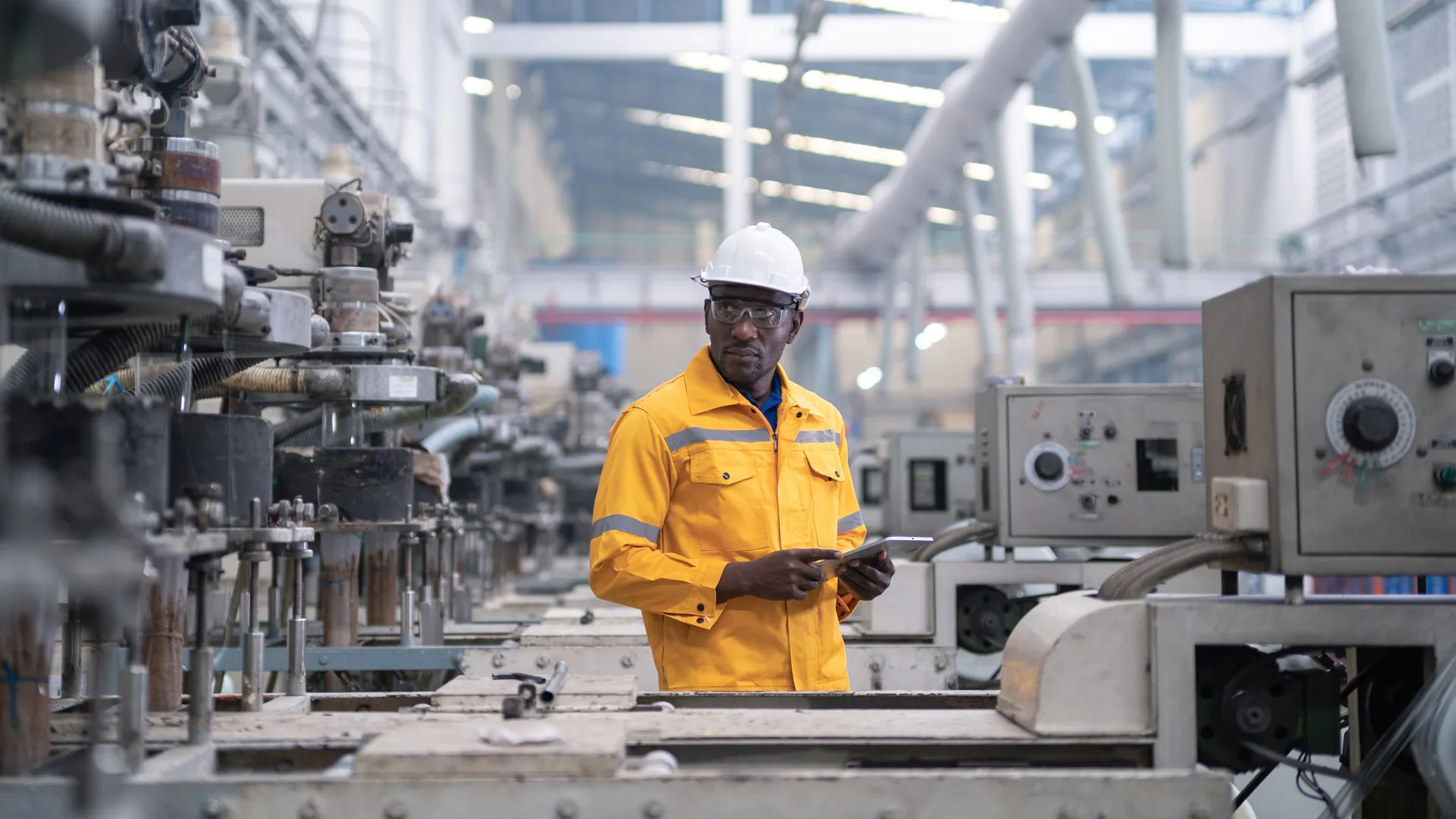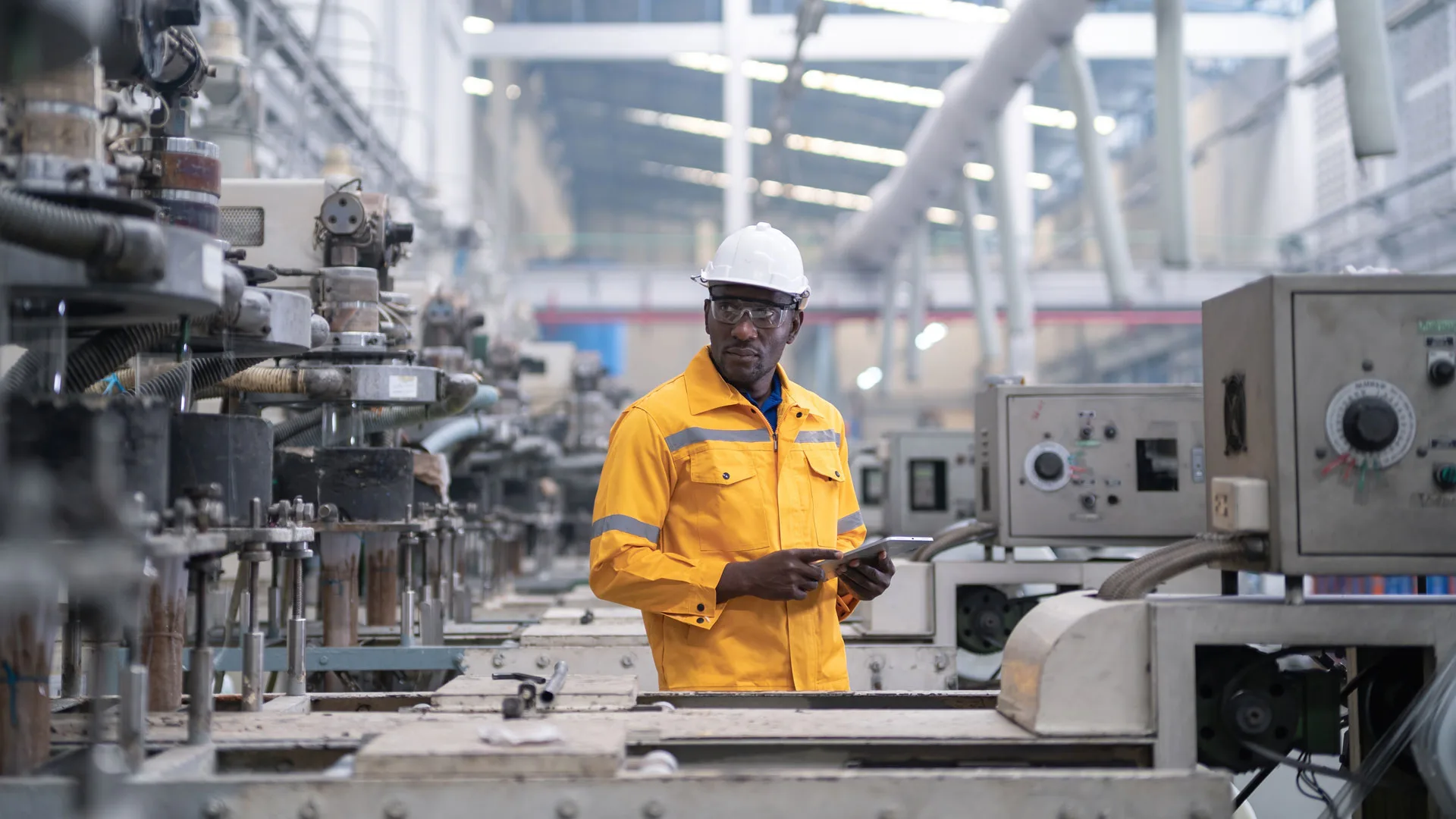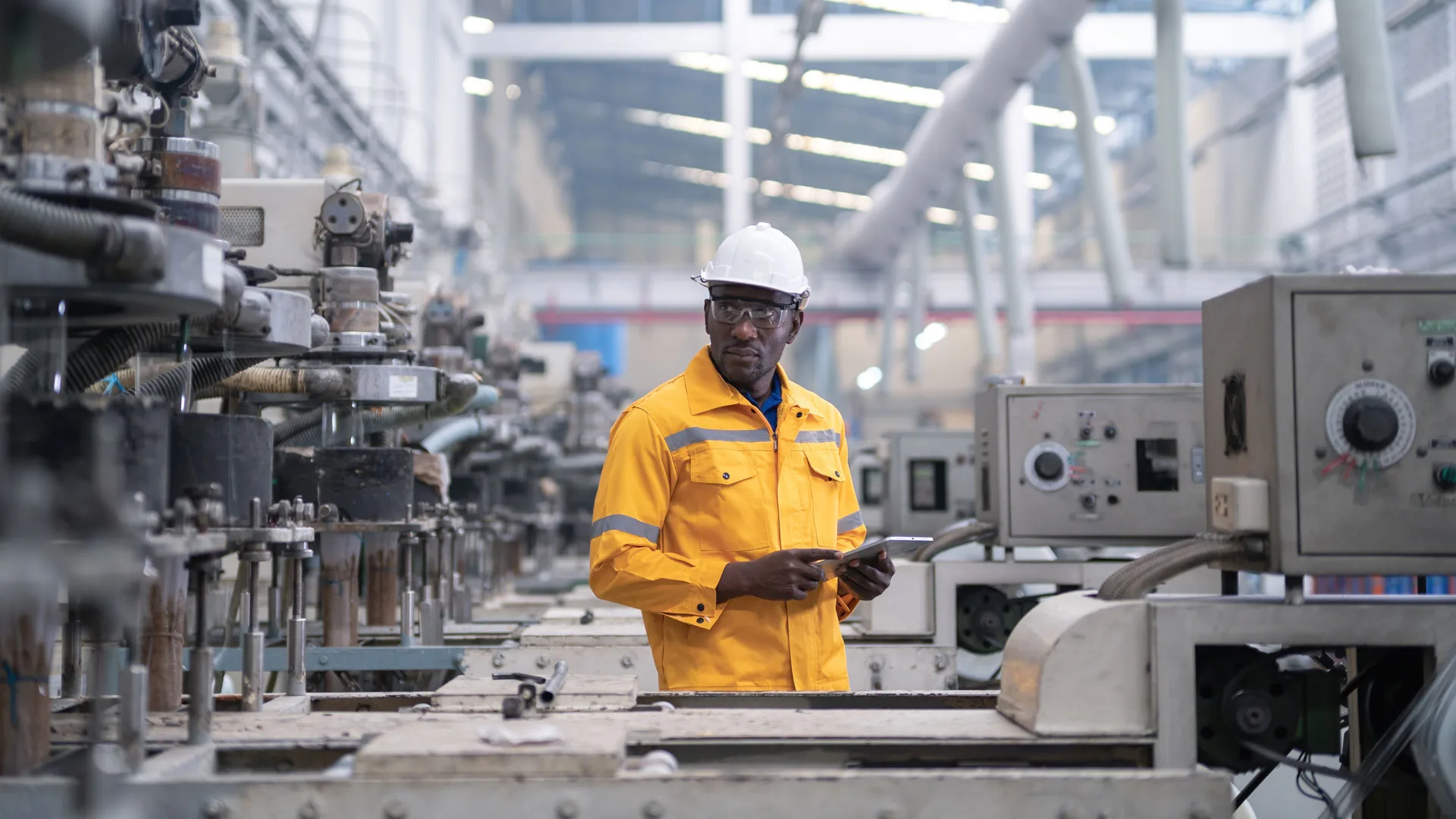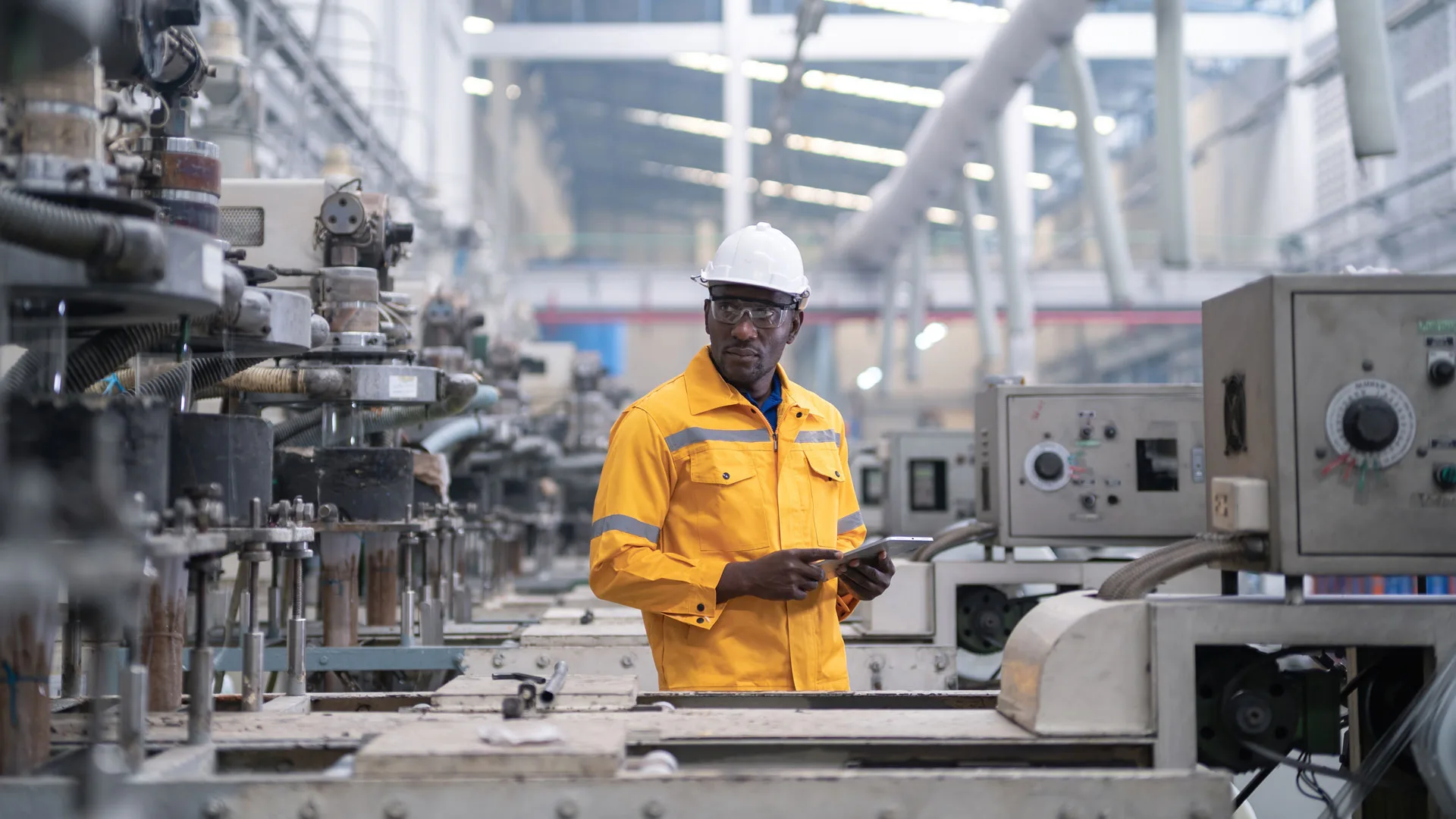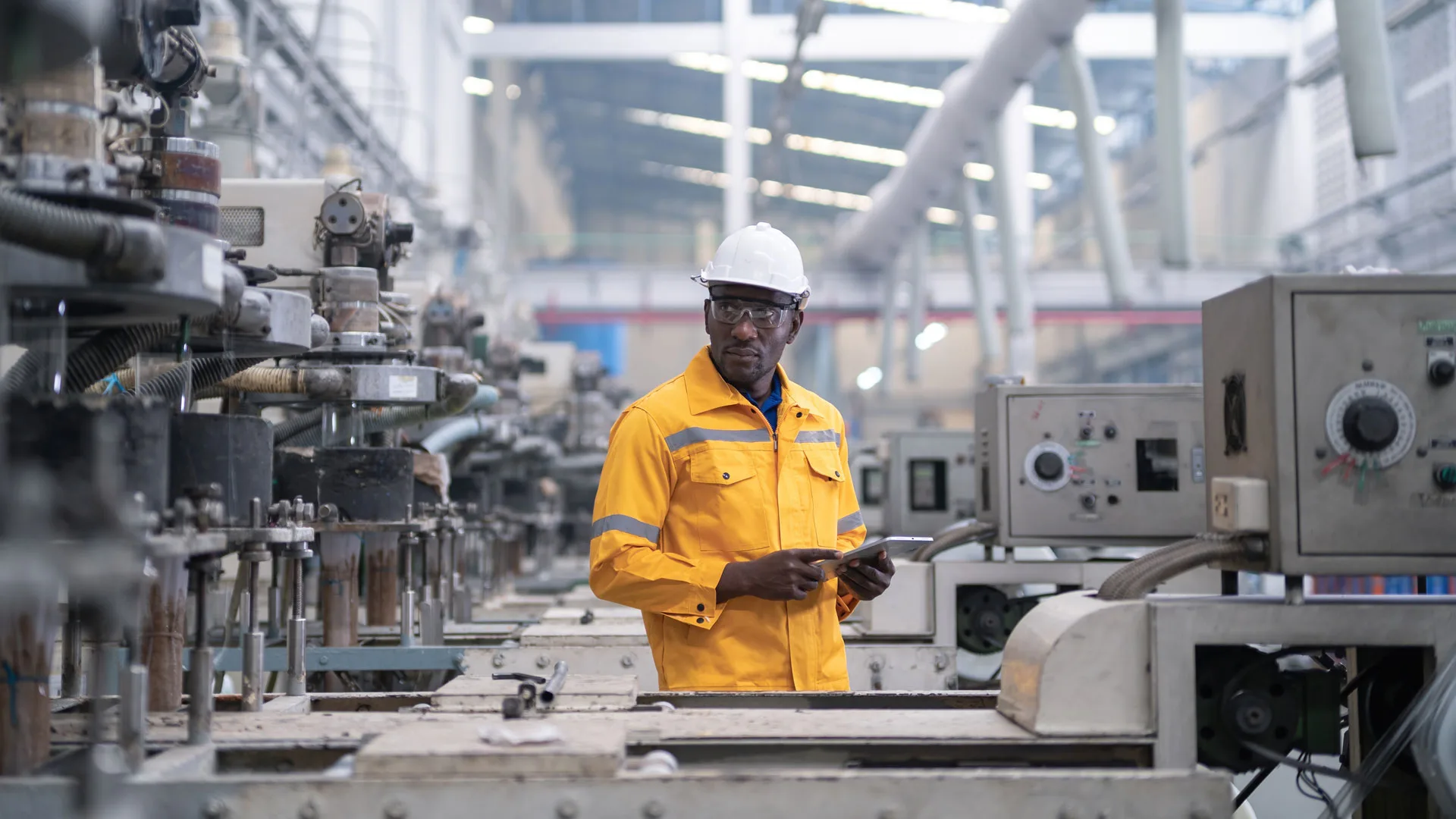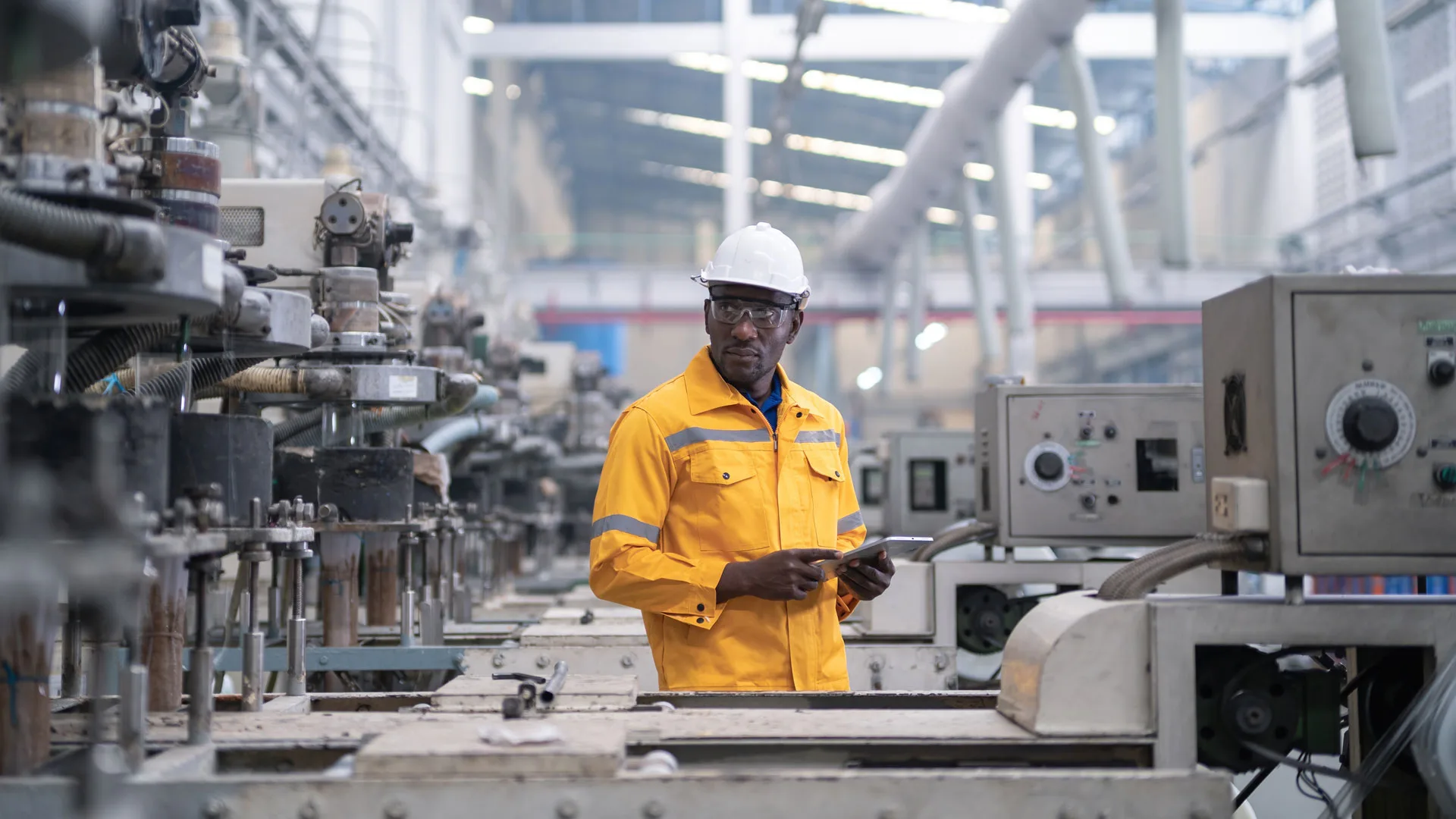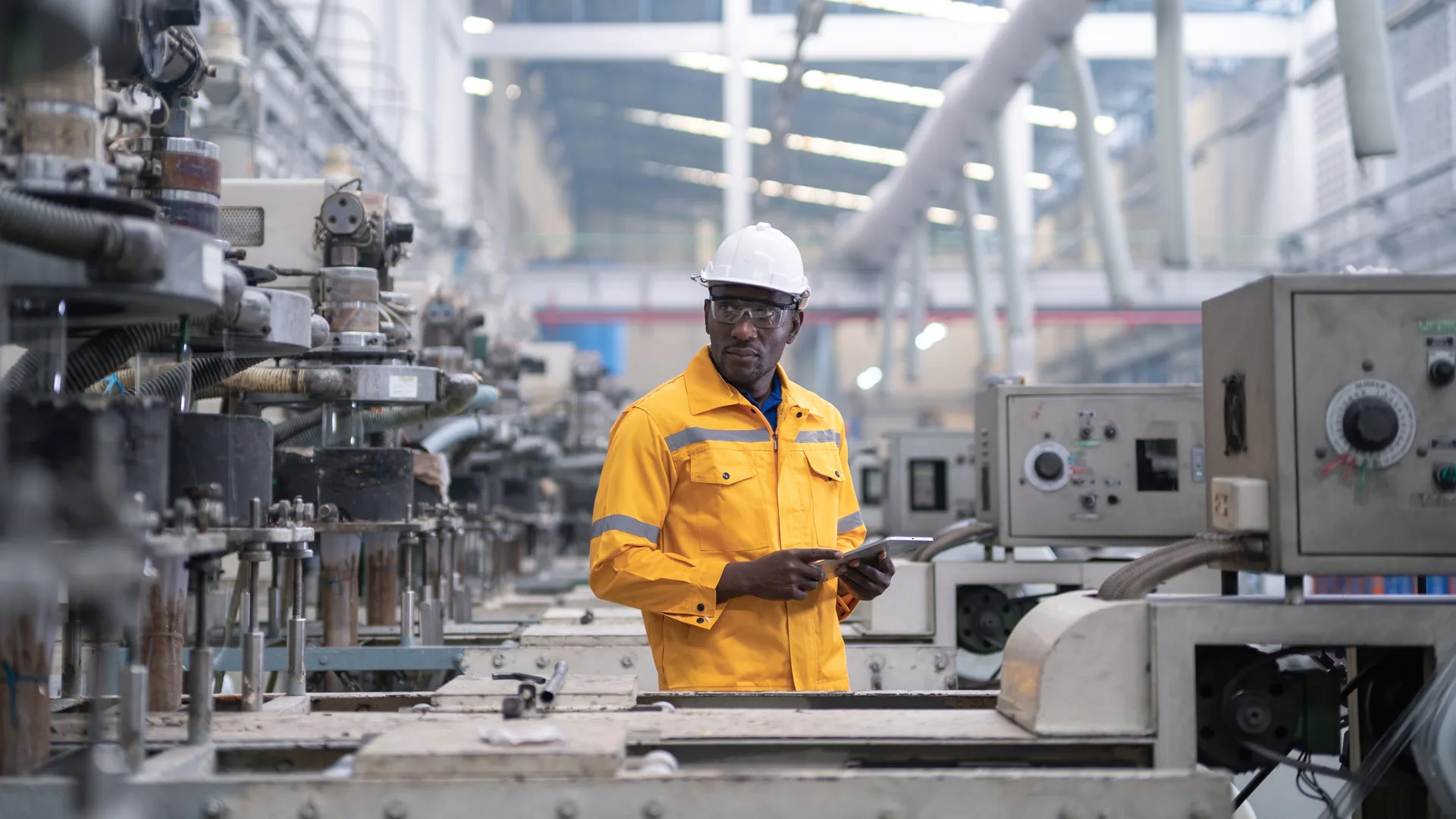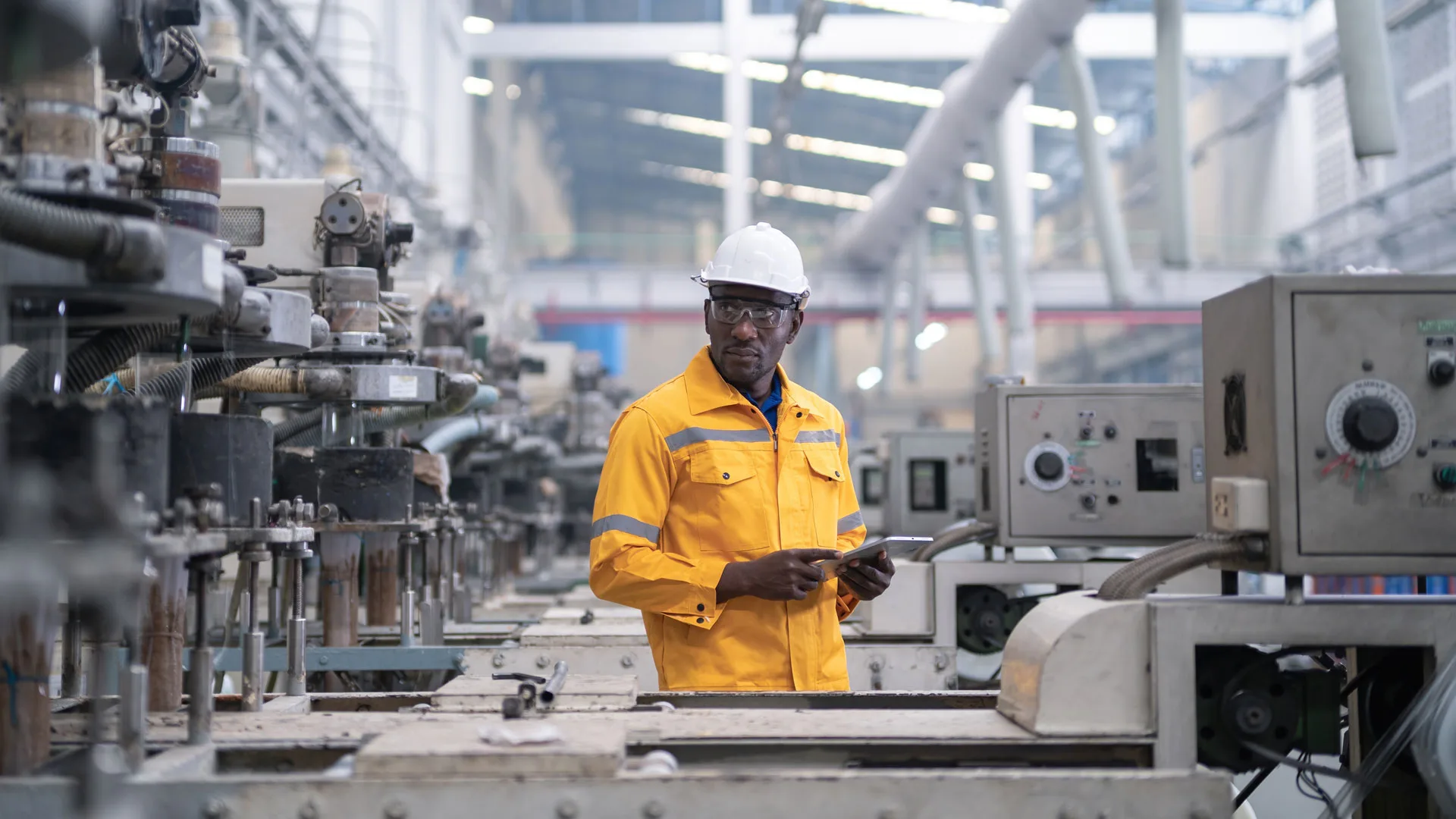Factory warehouses represent the backbone of modern supply chains, combining manufacturing capabilities with extensive storage …
Factory Public Liability Insurance: Essential Protection for Manufacturing Operations
Factory public liability insurance is a critical component of any manufacturing business's risk management strategy. This specialized coverage protects factory owners against claims from third parties who may suffer injury or property damage while on factory premises or as a result of factory operations. Understanding the unique risks faced by manufacturing facilities and the comprehensive protection offered by public liability insurance is essential for maintaining business continuity and financial security.
What is Factory Public Liability Insurance?
Factory public liability insurance provides financial protection against claims made by third parties, including visitors, contractors, suppliers, and members of the public who may be injured or whose property may be damaged due to your factory operations. This coverage extends beyond the factory walls to include incidents that occur as a direct result of your manufacturing activities, products, or services.
The insurance covers legal costs, compensation payments, and associated expenses when your factory is found legally liable for causing injury or damage to others. Given the complex nature of manufacturing operations, with heavy machinery, hazardous materials, and high-volume production processes, the potential for third-party claims is significant, making this coverage indispensable.
Key Coverage Areas for Factory Operations
Public liability insurance for factories encompasses several critical areas of protection. Visitor injuries represent a primary concern, covering incidents involving suppliers, contractors, maintenance personnel, regulatory inspectors, and potential customers who may visit your facility. The coverage includes slip and fall accidents, injuries from moving machinery, exposure to hazardous substances, and accidents in loading areas or car parks.
Property damage coverage protects against claims when your factory operations cause damage to third-party property. This might include damage to neighboring buildings from factory emissions, vibrations from heavy machinery affecting adjacent structures, or incidents involving delivery vehicles damaging customer property during transportation.
Product-related claims form another crucial coverage area, protecting against injuries or damage caused by defective products after they leave your factory. This includes manufacturing defects, inadequate safety warnings, or design flaws that result in third-party harm. The coverage extends to recall costs and associated legal expenses when product defects are identified.
Environmental liability coverage addresses claims arising from pollution or contamination caused by your factory operations. This includes groundwater contamination, air pollution affecting neighboring properties, and soil contamination that may impact surrounding areas.
Industry-Specific Risks in Manufacturing
Different types of manufacturing operations face unique public liability risks that require specialized consideration. Food processing factories must address risks related to foodborne illness, contamination incidents, and allergen exposure that could affect consumers or visitors. The coverage includes protection against claims from food poisoning outbreaks, allergic reactions, and contamination incidents that may occur during production or distribution.
Chemical manufacturing facilities face heightened risks due to the hazardous nature of materials used in production. Public liability coverage for these operations includes protection against chemical spills, toxic exposure incidents, and environmental contamination that may affect neighboring properties or communities. The coverage extends to emergency response costs and long-term remediation expenses.
Automotive manufacturing plants deal with risks related to heavy machinery, assembly line operations, and the handling of large components. Coverage includes protection against injuries from moving equipment, falling objects, and accidents involving forklifts or other industrial vehicles within the facility.
Textile and clothing manufacturers face risks related to machinery operations, chemical treatments, and fire hazards. Public liability coverage addresses injuries from industrial sewing equipment, chemical exposure from dyeing processes, and incidents related to fabric treatment procedures.
Understanding Coverage Limits and Exclusions
Factory public liability insurance policies typically offer coverage limits ranging from £1 million to £10 million or more, depending on the size and risk profile of your manufacturing operation. Higher-risk industries or larger facilities may require increased coverage limits to adequately protect against potential claims.
Common exclusions in factory public liability policies include intentional acts, criminal activities, and incidents involving employees (which are covered under employers' liability insurance). Professional indemnity claims, product recall costs beyond immediate safety concerns, and damage to your own property are typically excluded from public liability coverage.
Pre-existing conditions, known defects, and incidents that occurred before the policy inception date are generally excluded. Pollution incidents may have limited coverage or require separate environmental liability insurance, depending on your manufacturing processes and materials used.
Claims Scenarios and Real-World Examples
Understanding common claims scenarios helps factory owners appreciate the importance of comprehensive public liability coverage. A supplier visiting your facility slips on a wet floor near production equipment, suffering serious injuries that require extensive medical treatment and result in long-term disability. Your public liability insurance would cover medical expenses, compensation payments, and legal costs associated with the claim.
A delivery driver is injured when improperly secured machinery shifts during loading, causing back injuries that prevent them from working for several months. The coverage includes compensation for lost wages, medical treatment, and rehabilitation costs, as well as legal defense expenses if the claim is disputed.
Environmental incidents present significant liability exposure for manufacturing facilities. A chemical leak from your factory contaminates a neighboring property's groundwater, requiring extensive remediation and affecting the property's value. Public liability insurance covers cleanup costs, property value compensation, and legal expenses associated with the environmental claim.
Product-related claims can arise long after items leave your factory. A manufacturing defect in safety equipment produced at your facility results in injuries to end users, leading to multiple claims and potential class-action litigation. Your public liability coverage protects against compensation payments, legal defense costs, and associated expenses.
Integration with Other Factory Insurance Policies
Factory public liability insurance works in conjunction with other essential business insurance policies to provide comprehensive protection. Employers' liability insurance covers injuries to your own employees, while public liability focuses on third-party claims. Product liability insurance may provide additional protection for product-related claims beyond basic public liability coverage.
Property insurance protects your factory buildings, equipment, and stock against damage, while business interruption insurance covers lost income during periods when operations are suspended. Professional indemnity insurance may be necessary if your manufacturing business provides design or consulting services alongside production activities.
Environmental liability insurance provides enhanced protection against pollution incidents that may exceed standard public liability coverage limits. This specialized coverage is particularly important for chemical manufacturers, metal processing facilities, and other operations involving hazardous materials.
Risk Management and Prevention Strategies
Implementing comprehensive risk management strategies can help reduce the likelihood of public liability claims while potentially lowering insurance premiums. Regular safety audits should assess all areas accessible to visitors, contractors, and delivery personnel, identifying potential hazards and implementing corrective measures.
Visitor management protocols should include mandatory safety briefings, provision of appropriate personal protective equipment, and designated safe routes through the facility. Clear signage indicating hazardous areas, emergency procedures, and safety requirements helps prevent incidents and demonstrates due diligence in protecting third parties.
Equipment maintenance programs ensure that machinery and safety systems function properly, reducing the risk of accidents that could affect visitors or neighboring properties. Regular testing of safety equipment, emergency systems, and environmental controls helps identify potential issues before they result in incidents.
Staff training programs should emphasize the importance of third-party safety, proper handling of hazardous materials, and emergency response procedures. Well-trained employees can help prevent incidents and respond appropriately when accidents occur, potentially minimizing the severity of claims.
Regulatory Compliance and Legal Requirements
Manufacturing facilities must comply with numerous health and safety regulations that directly impact public liability exposure. The Health and Safety at Work Act requires employers to ensure the safety of visitors and contractors, while specific regulations govern the handling of hazardous substances, machinery safety, and environmental protection.
Environmental regulations impose strict requirements for waste disposal, emissions control, and contamination prevention. Compliance with these regulations not only reduces environmental liability exposure but may also result in lower insurance premiums due to reduced risk profiles.
Industry-specific regulations may impose additional requirements for visitor safety, product quality, and operational procedures. Food manufacturers must comply with food safety regulations, while chemical producers must adhere to REACH regulations and other chemical safety requirements.
Choosing the Right Coverage Level
Determining appropriate coverage levels requires careful assessment of your factory's risk profile, including the types of manufacturing processes, materials used, visitor frequency, and potential claim severity. High-risk operations involving hazardous materials or heavy machinery typically require higher coverage limits than low-risk assembly operations.
Consider the potential financial impact of various claim scenarios when selecting coverage limits. A serious injury claim could easily exceed £1 million when including medical costs, compensation, and legal expenses. Environmental contamination claims can reach several million pounds, particularly if remediation is required over extended periods.
The location of your factory may influence coverage requirements, with facilities in densely populated areas or near sensitive environmental areas potentially facing higher liability exposure. Proximity to schools, residential areas, or waterways may increase the potential severity of claims and require enhanced coverage levels.
Cost Factors and Premium Considerations
Several factors influence the cost of factory public liability insurance premiums. The size and type of manufacturing operation significantly impacts pricing, with larger facilities and higher-risk industries typically facing higher premiums. The number of visitors, contractors, and delivery personnel accessing your facility affects risk assessment and pricing.
Your claims history plays a crucial role in premium determination, with facilities maintaining good safety records often qualifying for reduced rates. Implementation of comprehensive risk management programs, safety certifications, and regular safety audits can demonstrate reduced risk and potentially lower premiums.
The chosen coverage limit directly affects premium costs, with higher limits resulting in increased premiums. However, the additional cost of increased coverage is often minimal compared to the potential financial exposure of inadequate protection.
Claims Process and Support Services
Understanding the claims process helps ensure smooth handling of incidents when they occur. Immediate notification of potential claims to your insurance provider is essential, even if the full extent of liability is unclear. Early involvement of insurance professionals can help manage the situation effectively and potentially minimize claim costs.
Documentation of incidents is crucial for successful claims handling. This includes photographs of the scene, witness statements, medical reports, and detailed incident reports. Proper documentation helps establish the facts and supports your position during claim investigations.
Many insurers provide additional support services beyond basic claims handling, including legal advice, risk management consultancy, and emergency response coordination. These services can prove invaluable during complex claims situations and help prevent future incidents.
Future Considerations and Emerging Risks
The manufacturing industry continues to evolve, with new technologies and processes creating both opportunities and risks. Automation and robotics may reduce some traditional risks while creating new liability exposures related to technology failures or human-machine interactions.
Environmental concerns are becoming increasingly important, with stricter regulations and higher public awareness of environmental issues. Climate change may also create new risks related to extreme weather events and their impact on manufacturing operations and surrounding communities.
Cyber risks are emerging as a significant concern for modern manufacturing facilities, with connected machinery and digital systems creating potential vulnerabilities. While traditional public liability insurance may not cover cyber incidents, the integration of digital and physical systems may create new liability exposures that require consideration.
Frequently Asked Questions
What is the difference between public liability and employers' liability insurance for factories?
Public liability insurance covers claims from third parties such as visitors, contractors, and members of the public, while employers' liability insurance specifically covers injuries to your own employees. Both are essential for comprehensive factory protection.
Does factory public liability insurance cover product defects?
Basic public liability coverage includes some protection for product-related claims, but specialized product liability insurance may be necessary for comprehensive protection, particularly for manufacturers producing consumer goods or safety-critical products.
How much public liability coverage do I need for my factory?
Coverage requirements depend on your specific operations, risk profile, and potential claim severity. Most factories require between £2 million and £10 million in coverage, with higher-risk operations potentially requiring more extensive protection.
Are environmental incidents covered under factory public liability insurance?
Limited environmental coverage is typically included, but specialized environmental liability insurance may be necessary for comprehensive protection, particularly for facilities using hazardous materials or located near sensitive environmental areas.
Can I reduce my public liability insurance premiums?
Yes, implementing comprehensive risk management programs, maintaining good safety records, and achieving relevant safety certifications can help reduce premiums while improving overall safety performance.
What should I do if a public liability incident occurs at my factory?
Immediately ensure the safety of all persons involved, provide necessary medical assistance, document the incident thoroughly, and notify your insurance provider as soon as possible. Avoid admitting liability and allow your insurer to handle communications with claimants.
Factory public liability insurance represents an essential investment in your manufacturing business's long-term success and financial security. The complex nature of factory operations, combined with the potential severity of third-party claims, makes comprehensive coverage indispensable for responsible business management. By understanding the risks, implementing effective prevention strategies, and maintaining appropriate insurance coverage, factory owners can protect their operations while focusing on productive manufacturing activities.


 0330 127 2333
0330 127 2333
